Editor’s Foreword: Capellini Architects is an architecture studio based in La Spezia, Italy. The firm was selected as one of the 30 finalists among hundreds of contestants for the 2013 Vertical Farm & Botanical Garden SkyScraper (Seoul) Competition organized by SuperSkyScrapers. For its competition entry, Capellini Architects created a 250-meter tall skyscraper built to cultivate fresh, high quality agricultural products in the heart of the city. The project, 5 Terre Style Vertical Farm, is eco-friendly and zero-carbon productive; designed with an eye on pollution reduction and environmental and economical sustainability.
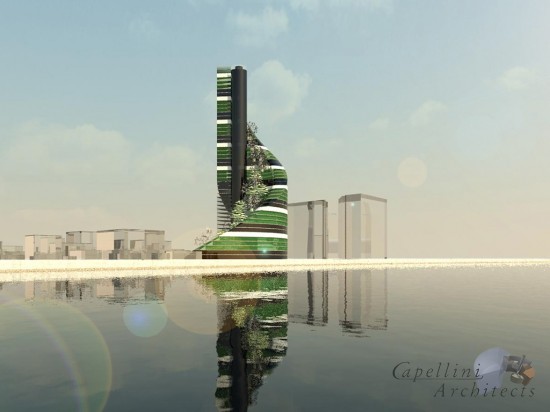
We developed our vertical farm idea taking inspiration from the villages from where we come–5 Terre (Cinque Terre, Italy), a natural vertical farm that is more than 1000 years old. The building’s shape results from the inspired union between the Fibonacci spiral and the terraced profile of Cinque Terre’s coastline, hence the name “5 Terre Style Vertical Farm.”
The vertical farm is made up of five vertical sectors, each representing one of the five famous villages in Cinque Terre, a declared UNESCO World Heritage Site. Each sector consists of five levels, each level dedicated to outdoor farming areas (hydroponic cultivation, standard cultivation in soil), indoor farming areas (hydroponic cultivation, botanical gardening), a farmers market, or building systems (energy production system, water pumping system, aquaculture system, wastewater treatment system). Each level is displayed in a terraced system following the golden spiral.

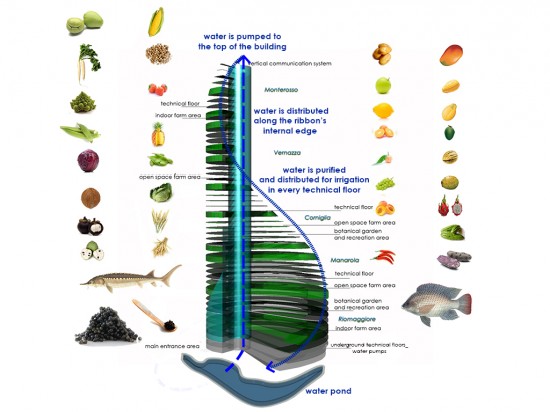
The thinking behind our vertical farmtecture projects (which comes from combining FARMing and archiTECTURE) is as follows: according to the UN, the world’s population is expected to increase to over 9 billion by the middle of this century. Feeding all those people will mean increasing food production by 70% (according to the UN’s Food and Agriculture Organisation). Mass production can of course be conceived through a combination of higher crop yields and an expansion of the area under cultivation. But the additional land available for cultivation is scarce, unevenly distributed, and most suitable for growing only a few types of crops. According to the UN’s Population Division, around 70% of the world’s population will be living in urban areas by 2050.
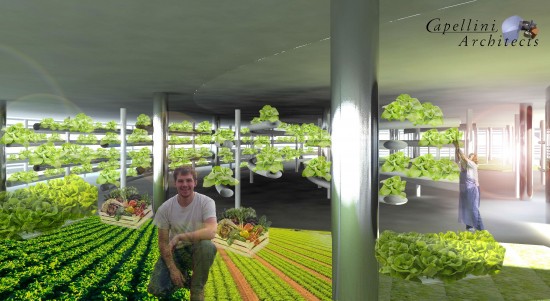
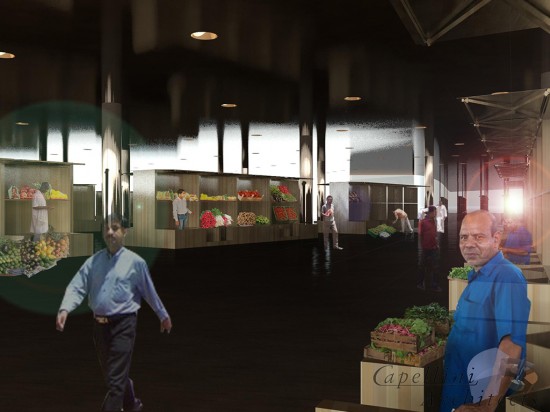
From our point of view, it makes sense to move farms closer to where everyone is living. Our idea is that a building (high-rise or medium-rise) filled with orchards and fields can produce crops all year round, providing very high quality food. This would decrease transportation costs and carbon-dioxide emissions associated with moving food over long distances.
Not to mention that growing plants indoors in a controlled environment can keep the use of pesticides, herbicides and fungicides to a minimum. In our Farmtecture projects, we envision replacing pesticides with natural predators such as ladybirds in order to satisfy all requirements of proper, high quality organic production.
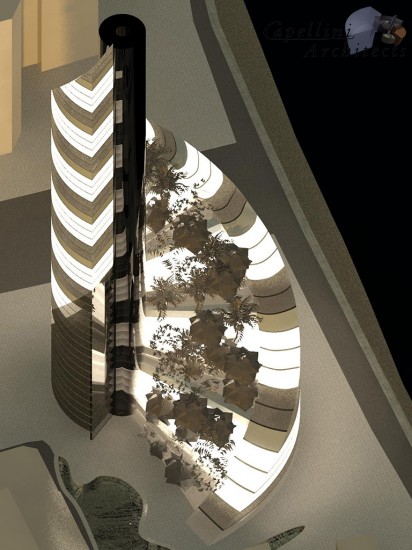
Creating a Fibonacci shaped building along with solar columns and vertically stacked hydroponic trays that move on rails, we can ensure that all plants get an even amount of sunlight. The food is grown hydroponically – in other words, in a solution of minerals dissolved in water.
Vegetable waste is used to feed fishes in the aquaculture farm of sturgeon and tilapia. Wastewater from the fishes, which are rich in nutrients, is treated and recycled back to feed the plants. The water reuse and wastewater treatment system is based on the advanced technologies of aquaculture developed by Pisa University. Clever recycling techniques can guarantee that only a minimum amount of water and nutrients will be needed when compared to conventional farming.
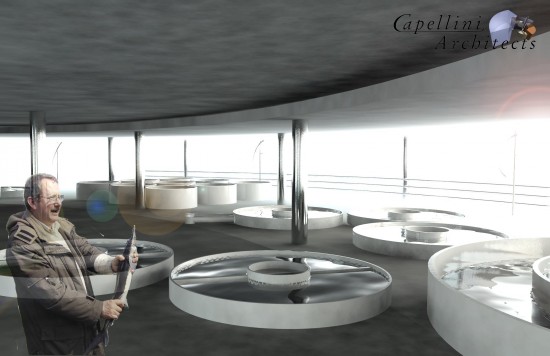

To operate and maintain our vertical farm, we will generate clean, renewable energy through the use of solar photovoltaic systems, wind turbines, and geothermal plants so that we can produce food with near-zero net carbon emissions. This, according to our point of view, means planning a sustainable development.
We believe that the agricultural products grown in our vertical farms will be able to compete with those of traditional suppliers in a global market in terms of quality and sustainability, and that people would be willing to pay a small reasonable premium for fresh, local food that is proven to be healthy, traceable, and tasty.
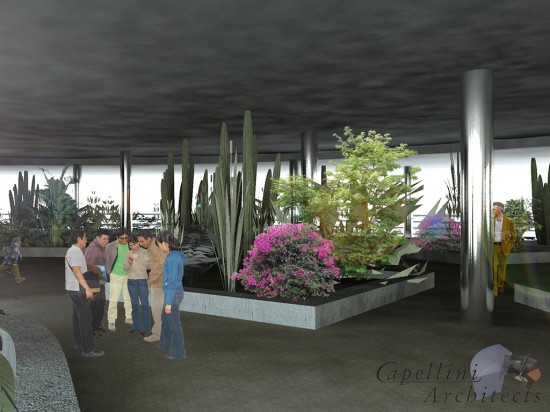
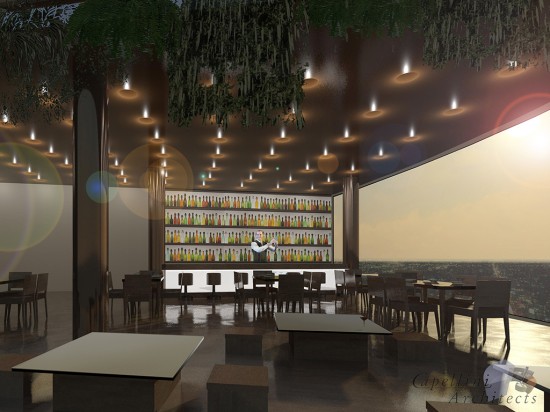
We have developed a general business plan that can be implemented according to the land value, costs of manpower, and building industry parameters of each location. We understand that the general idea must be adapted to local conditions. Capellini Architects is coming close to transforming its concept of the 5 Terre Style Vertical Farm into real projects. Currently, we are in the preliminary design and business plan evaluation phase for three projects, developing a different solution of Farmtecture for three clients, each in a very different type of city in the Middle East and Asia. Hopefully, we can see these projects move forward and help develop urban agriculture in our cities.


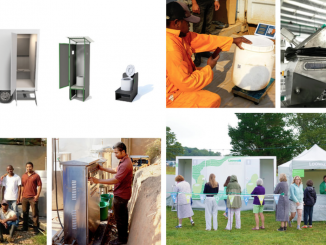
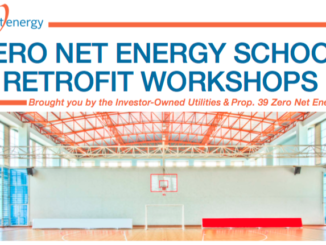
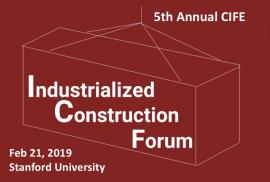
fantastik the whole world loves you